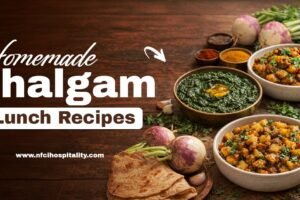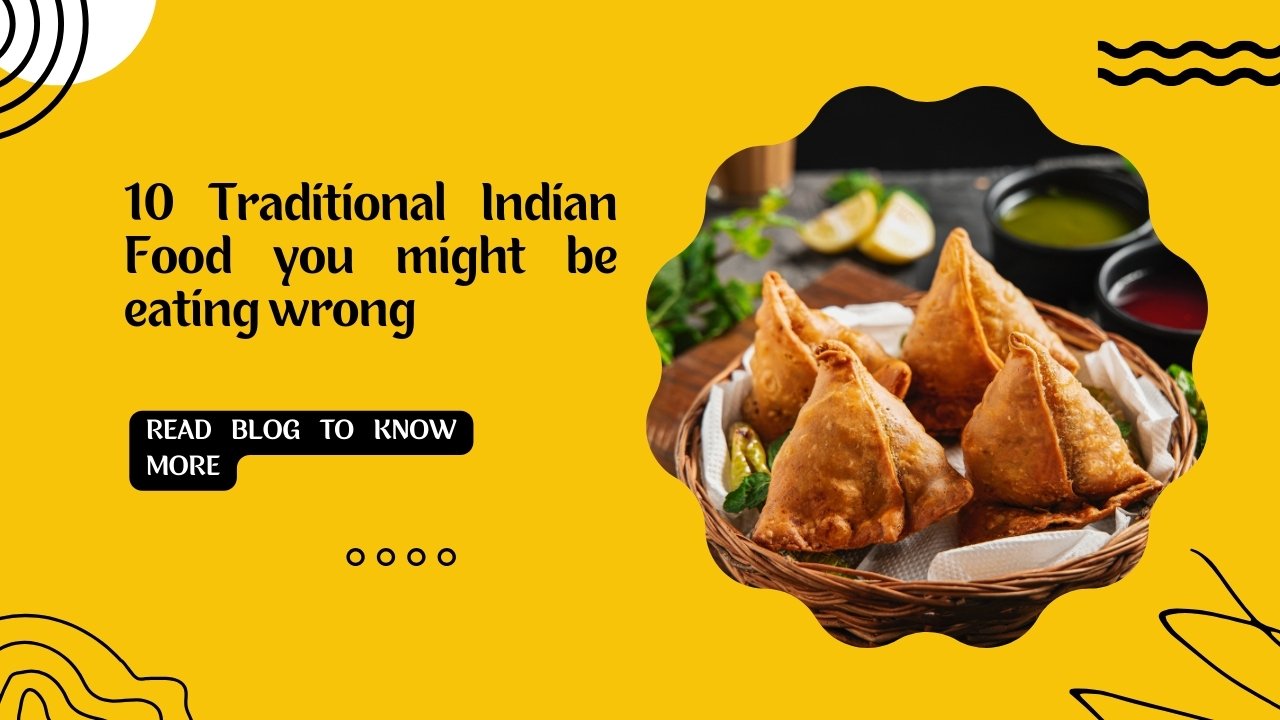
10 Traditional Indian Food you might be eating wrong
Food has always been a basic necessity of life. For centuries, we’ve relied on food, and having the right knowledge about it is true wealth.
You’ve probably heard that certain foods are essential for maintaining good health, while others are less beneficial. Our bodies are built from the food we consume.
Much of our Indian food heritage is scientifically beneficial, though some traditional Indian Food/dishes may need modifications to enhance their nutritional value.

-
The Misunderstood Traditional Indian Food ‘Palak-Paneer’
Palak Paneer, or its cousin Saag Paneer, is often misunderstood in Indian cuisine. This spinach and cheese dish is more complex than simply tossing paneer into a green gravy. In fact, consuming spinach and paneer together can hinder the body’s absorption of both nutrients and it is the one of the most popular Indian Food. 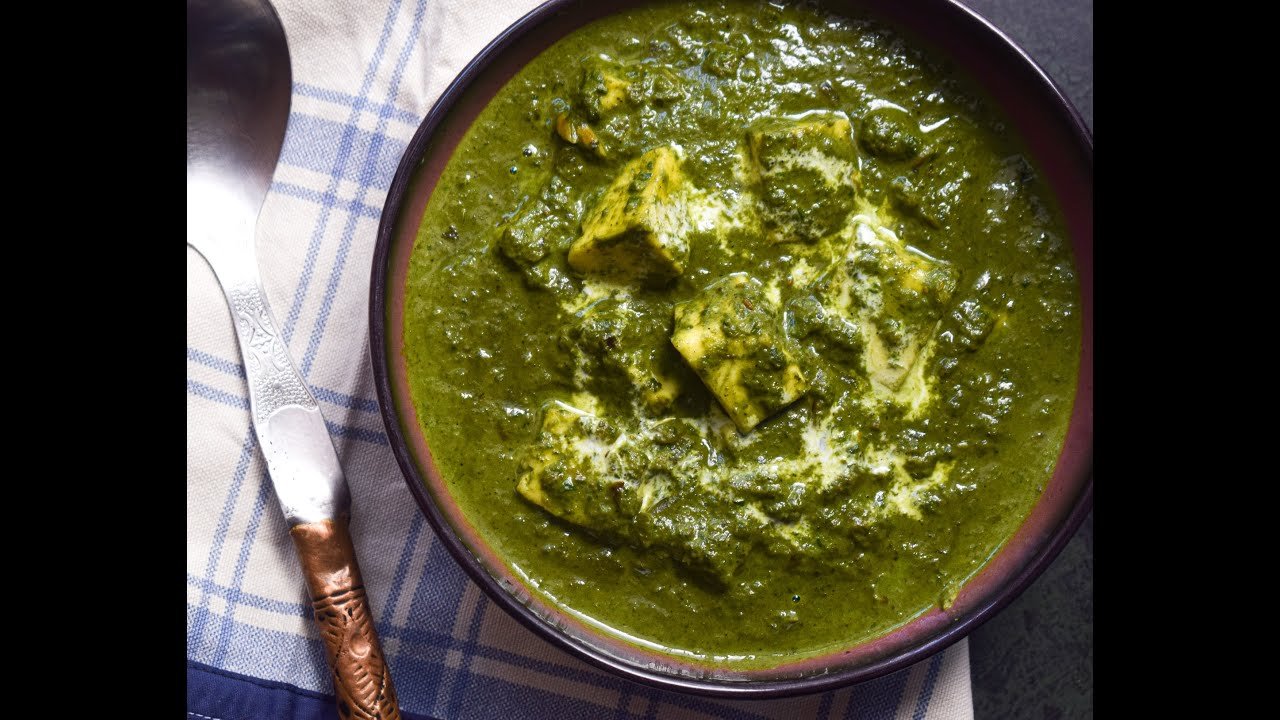 Spinach is rich in iron, while paneer is a good source of protein and calcium. Nutritionists suggest that these foods might be better consumed separately. This is because calcium can interfere with the body’s ability to absorb iron from spinach.
Spinach is rich in iron, while paneer is a good source of protein and calcium. Nutritionists suggest that these foods might be better consumed separately. This is because calcium can interfere with the body’s ability to absorb iron from spinach.
-
Jalebi: Nothing More Than Just a Sweet Swirl Indian Food
Jalebi, the vibrant, syrupy coil often grabbed hastily from sweet shops, deserves more attention. One must know a traditional dessert Jalebi is just a refined flour mixed with Sugar and oil.
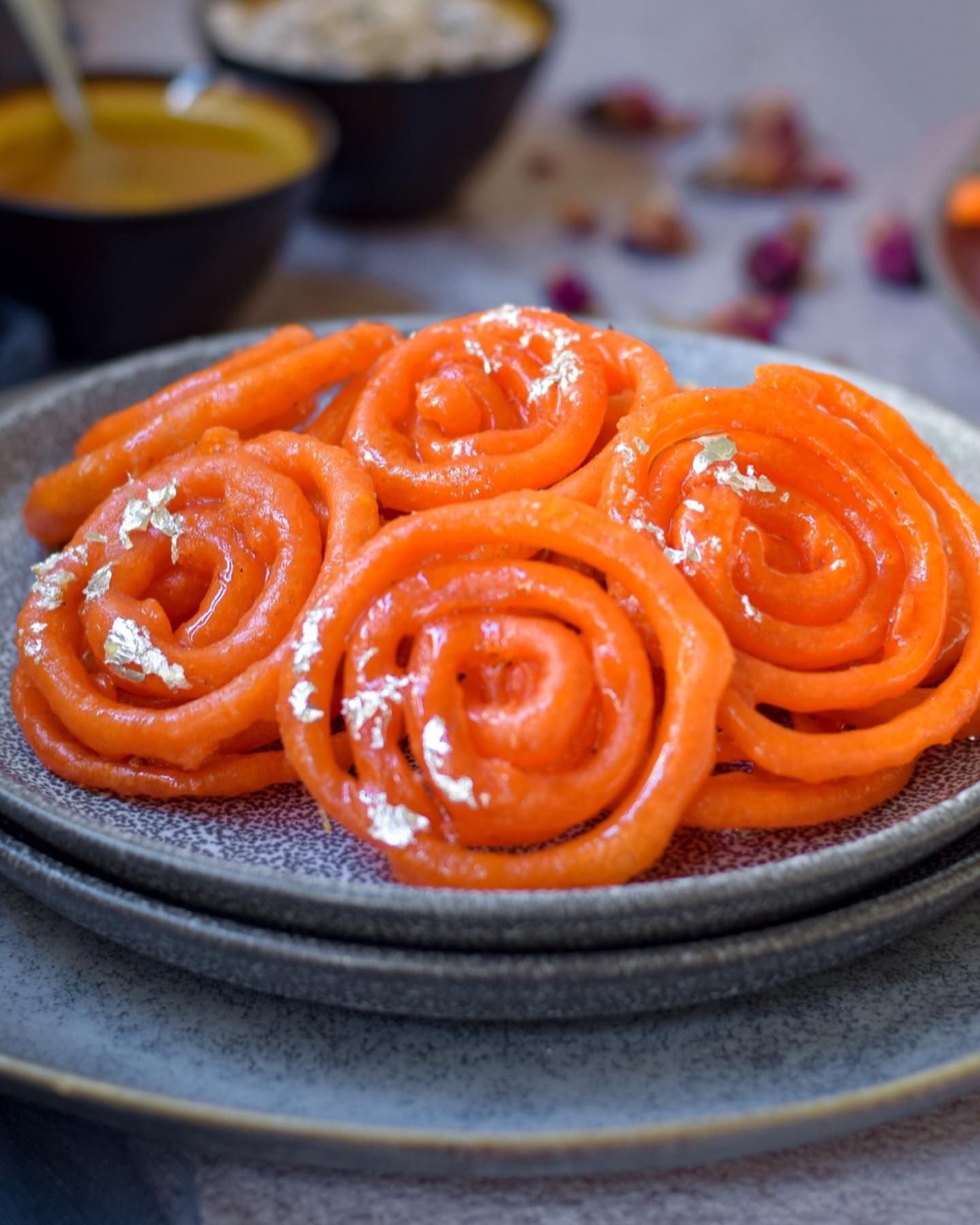
It’s not healthy a dessert; whether you take it with milk or rabri. Many say that it reduces stress and good for gaining weight, can be true but most of the time this traditional Indian food is not beneficial as jalebis are packed with unhealthy ingredients and cause fat promoting disease. Since India is diabetic capital of the world it is best to avoid this dessert too much even on the festive session.
-
Samosa: Beyond the traditional Triangular Savoury Indian Food
The ubiquitous samosa is frequently relegated to a mere snack status. However, this triangular treat has layers—literally and figuratively. Apparently, it’s deep-fried in refined oil, it’s extremely unhealthy. The practice of frying samosas in the same oil repeatedly, especially in shop, is significantly less hygienic. 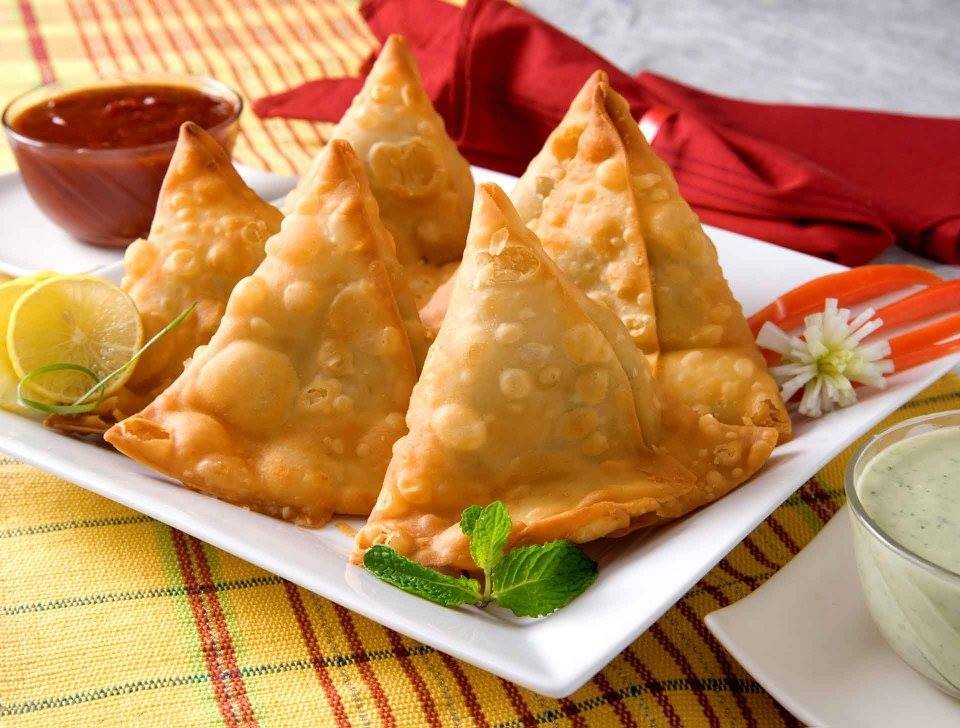 In the near term, this may result in numerous digestive-related illnesses. Long-term effects could include constipation and a host of other chronic illnesses. Eating samosas every week puts you at risk for conditions including diabetes, high blood pressure, cardiovascular disease, and weight gain, even if you don’t have a medical history.
In the near term, this may result in numerous digestive-related illnesses. Long-term effects could include constipation and a host of other chronic illnesses. Eating samosas every week puts you at risk for conditions including diabetes, high blood pressure, cardiovascular disease, and weight gain, even if you don’t have a medical history.
-
Kachori: Lessen the Nutritional Balance
This Indian Food ‘Kachori’, often overshadowed by its cousin, the samosa, is a lesson in balance. Overindulging in roadside kachoris can be as harmful to your cholesterol and stomach as Chole Bature. 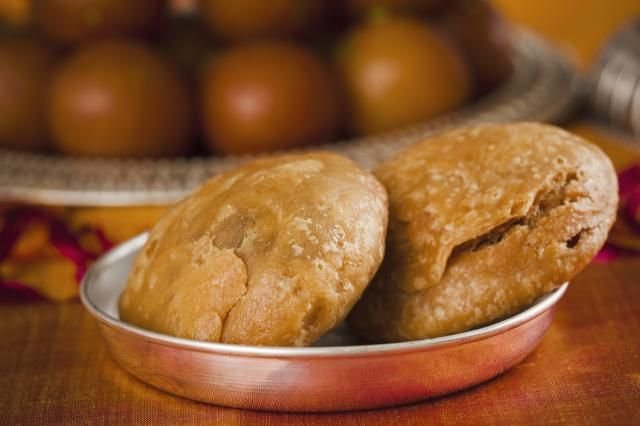 The calibre of the filling’s component parts is an additional risk factor. Indian street food is dangerous to eat as merchants frequently insert old and low-quality items into the kachoris to finish off their stock. Fried Kachoris, often uses reused oil, which contains Trans fats that could be toxic to the body.
The calibre of the filling’s component parts is an additional risk factor. Indian street food is dangerous to eat as merchants frequently insert old and low-quality items into the kachoris to finish off their stock. Fried Kachoris, often uses reused oil, which contains Trans fats that could be toxic to the body.
-
Chicken Tikka Masala: Famous Indian Food
Chicken Tikka Masala, a global ambassador of Indian cuisine, is frequently misunderstood. Authentic preparation involves marinating the chicken in yogurt and spices before grilling it to smoky perfection. 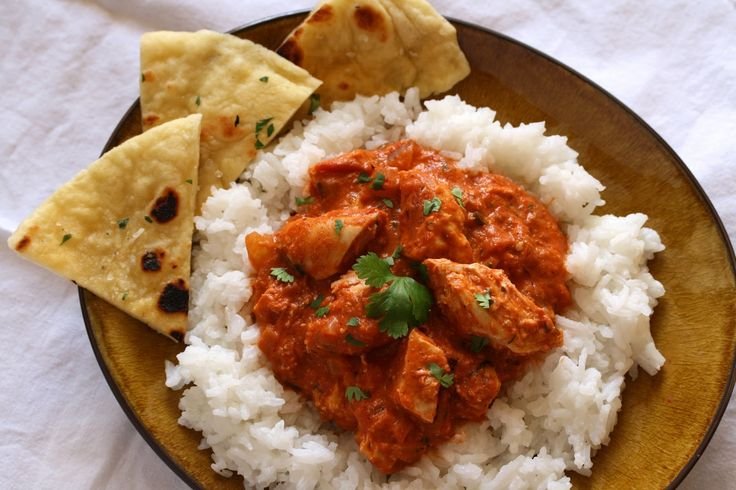 Saturated fat can boost your cholesterol and significantly increase your risk of heart disease.
Saturated fat can boost your cholesterol and significantly increase your risk of heart disease.
Additionally, each dish of chicken tikka has about 230 mg of cholesterol. If you have previously been diagnosed with excessive cholesterol, you still need to exercise additional caution even if cholesterol in diet has no direct effect on blood cholesterol levels. The highest amount of cholesterol that is advised to be consumed daily by a healthy adult is 300 mg.
-
Papadam: The Crispy Indian Food Delight, More Than Just a Sidekick
Often dismissed as a mere accompaniment, Papadam is a crunchy Indian Food Snack that can stand on its own. Cooking papads increases consumption of fat and oil. When fried, papads are notorious to absorb oil. Studies have indicated that cooking and flame-roasting papads can release acrylamide, a recognized carcinogen and neurotoxin. Rancidity brought on by fat oxidation also results in acrylamide, which can cause anxiety and mood swings.
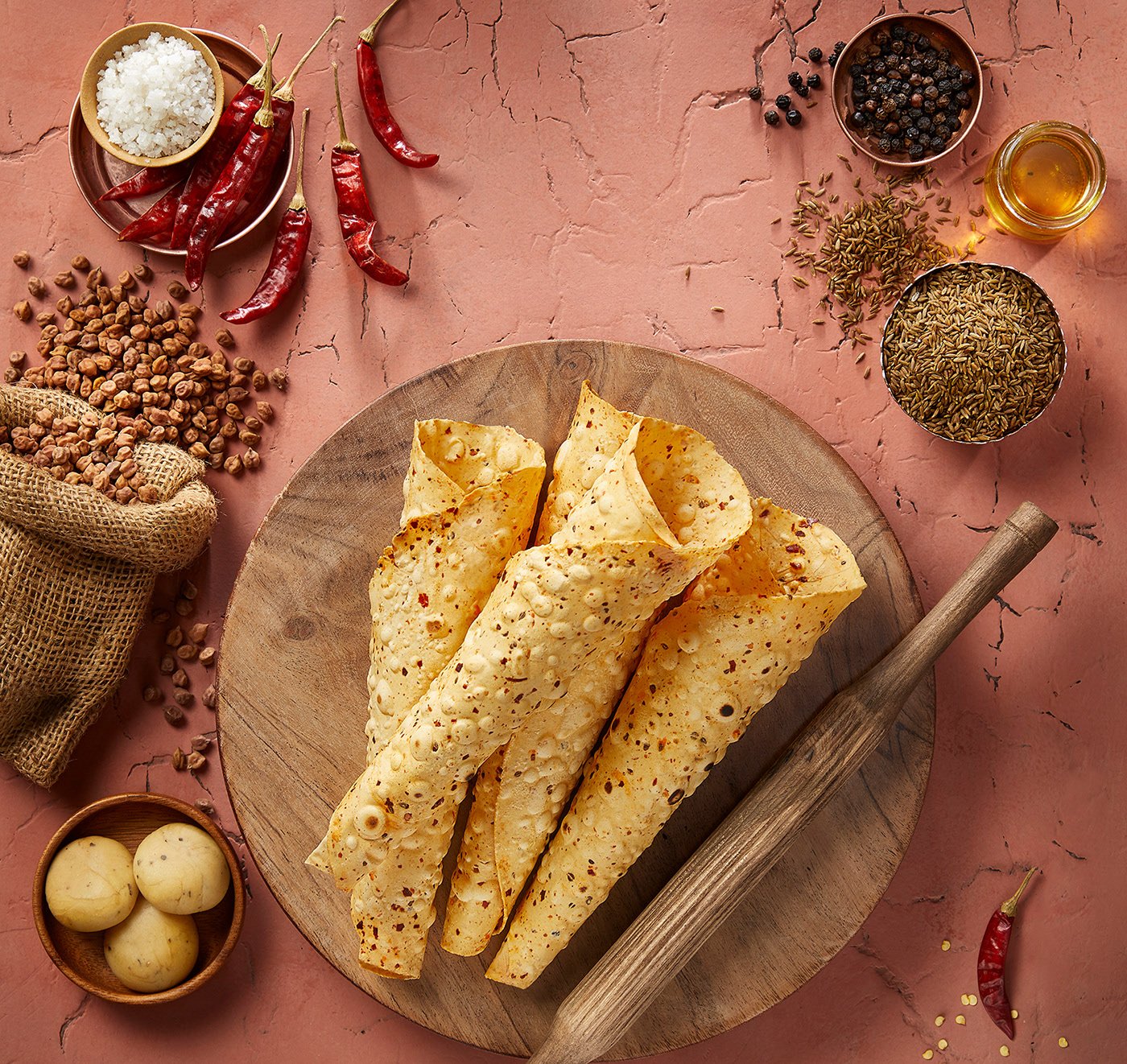
It’s interesting to note that microwave roasting appears to be a healthier alternative and does not yield the same results. All things considered, papads have a unique taste and, of course, that irresistible crunch, but it’s best to eat them in moderation. Although, papad made from lentil, chickpea, or rice flour, it’s a versatile element that adds texture and flavor to any meal. It’s also a vehicle for chutneys and pickles, turning every bite into a new adventure.
-
Gulab Jamun vs. Kheer: A Sweet Indian Food Dilemma
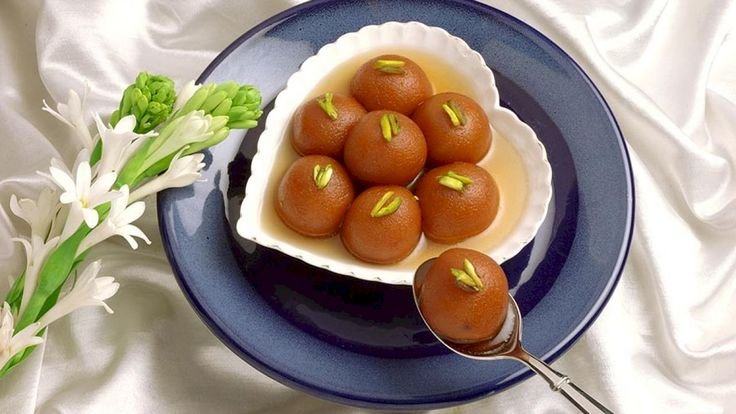
Gulab Jamun, those deep-fried dough balls soaked in sugar syrup, are often too indulgent. 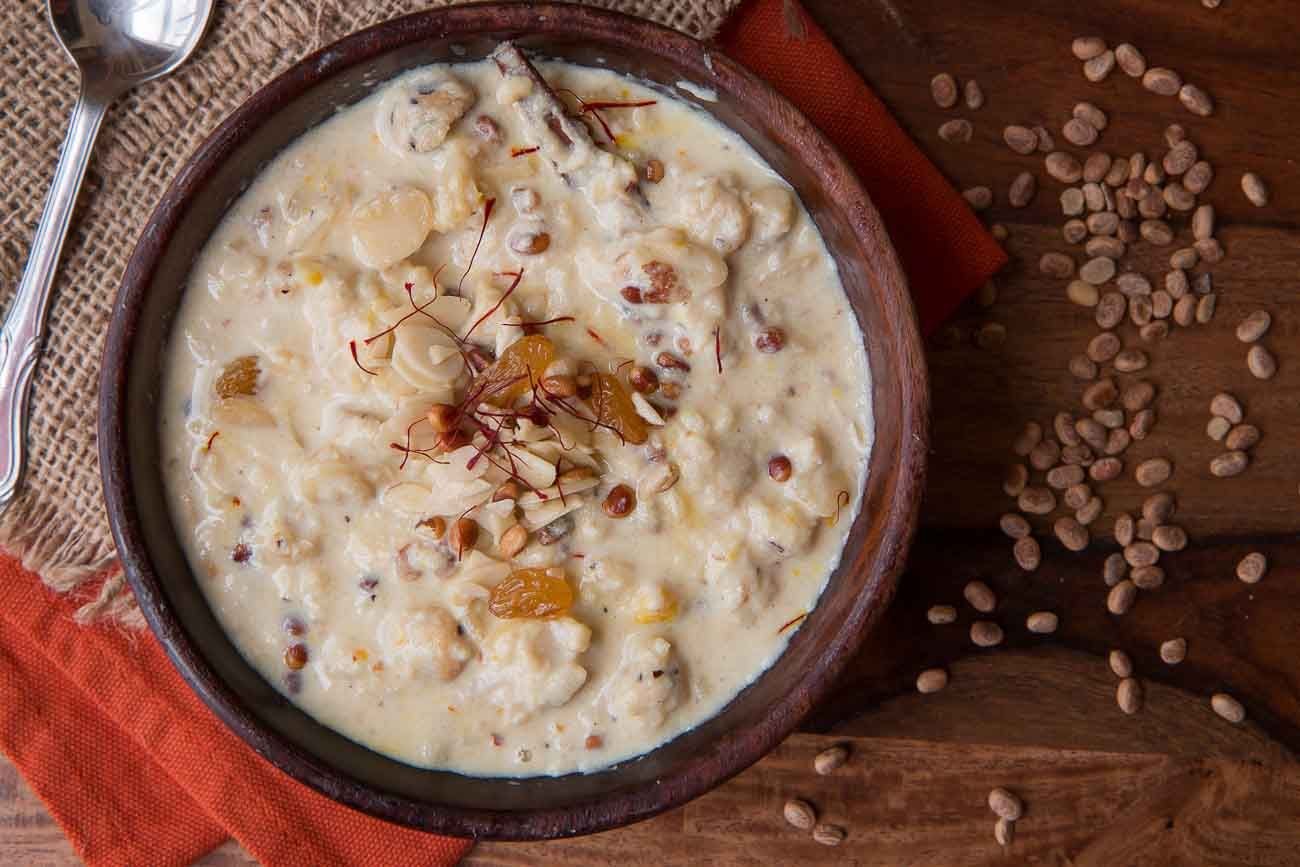 For a lighter yet equally traditional dessert, consider kheer or rice pudding topped with fruits. It offers a comforting sweetness and the added benefit of fruit makes it a fresher, healthier choice.
For a lighter yet equally traditional dessert, consider kheer or rice pudding topped with fruits. It offers a comforting sweetness and the added benefit of fruit makes it a fresher, healthier choice.
-
Pani-Puri or Bhalla Paapdi Chat:
Pani-Puri is not just street food; it’s an art form. The correct way to eat this dish is to fill the puri with the tangy tamarind water and consume it whole.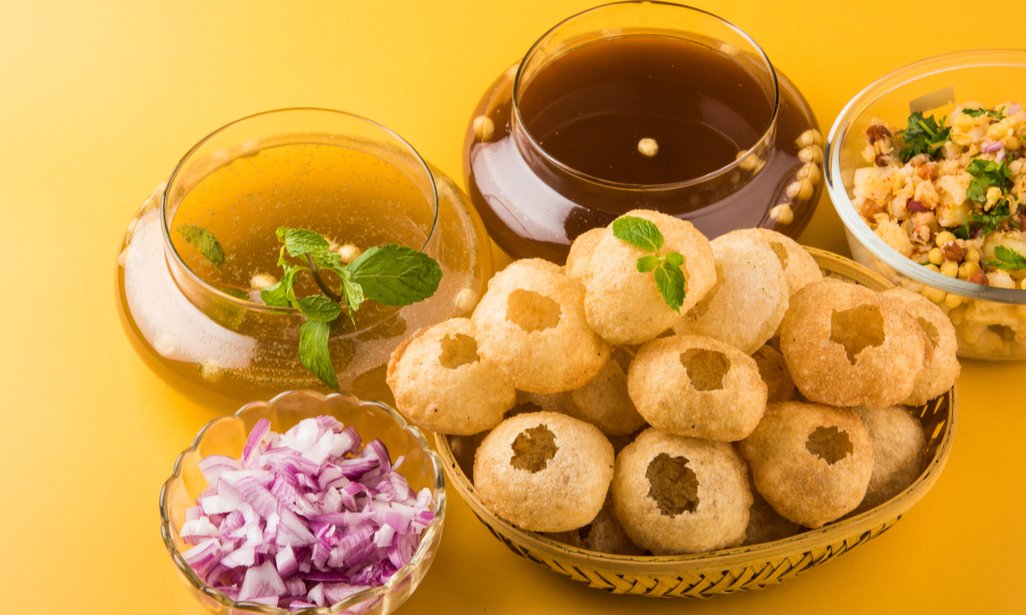 It’s a burst of flavours that encapsulates the essence of Indian street cuisine. However, many of people might know that pani puri is banned in Nepal due to a rise in cholera cases. The Cholera bacteria were found in the water of pani puri that is why it was necessary to ban it. On the other hand, there is no fibre, protiein and high level of calories usually in it.
It’s a burst of flavours that encapsulates the essence of Indian street cuisine. However, many of people might know that pani puri is banned in Nepal due to a rise in cholera cases. The Cholera bacteria were found in the water of pani puri that is why it was necessary to ban it. On the other hand, there is no fibre, protiein and high level of calories usually in it.
Same goes with Dahi Bhalla as the yogurt used for bhalla paapdi chat could contain millions of bacteria, which can lead to throat and ENT issues. 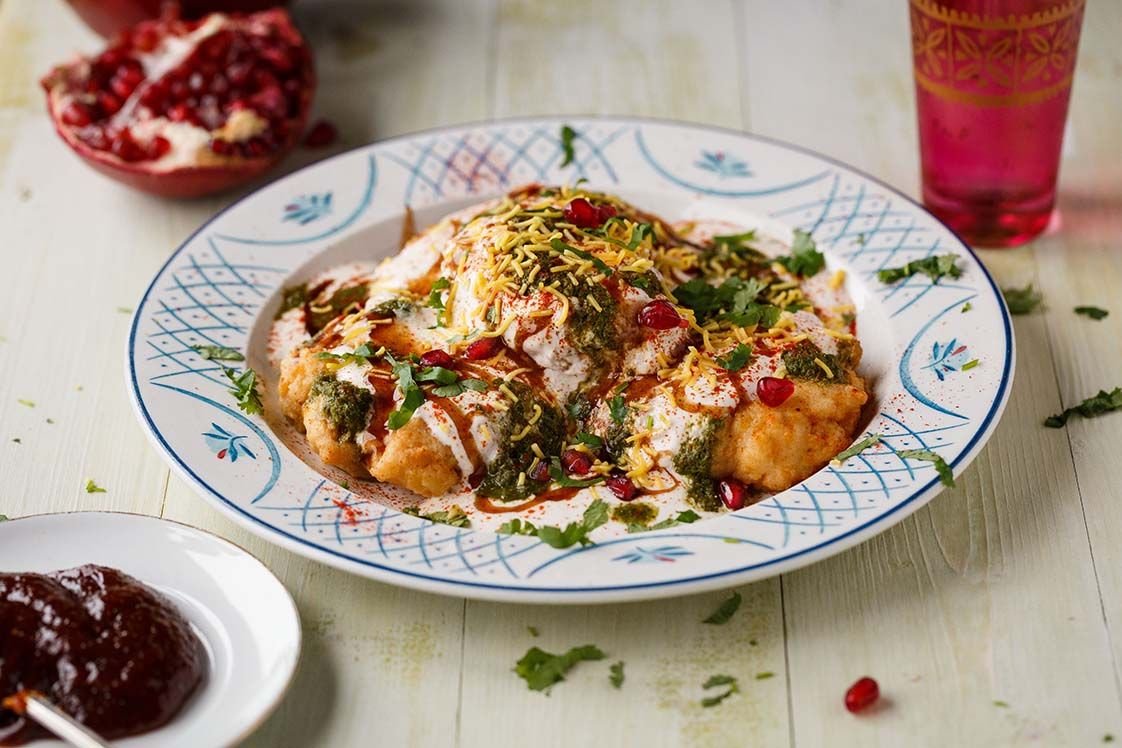 It is always a better choice to make this snack at home and enjoy it with your friends and family.
It is always a better choice to make this snack at home and enjoy it with your friends and family.
-
Butternaan: Seeking Alternatives
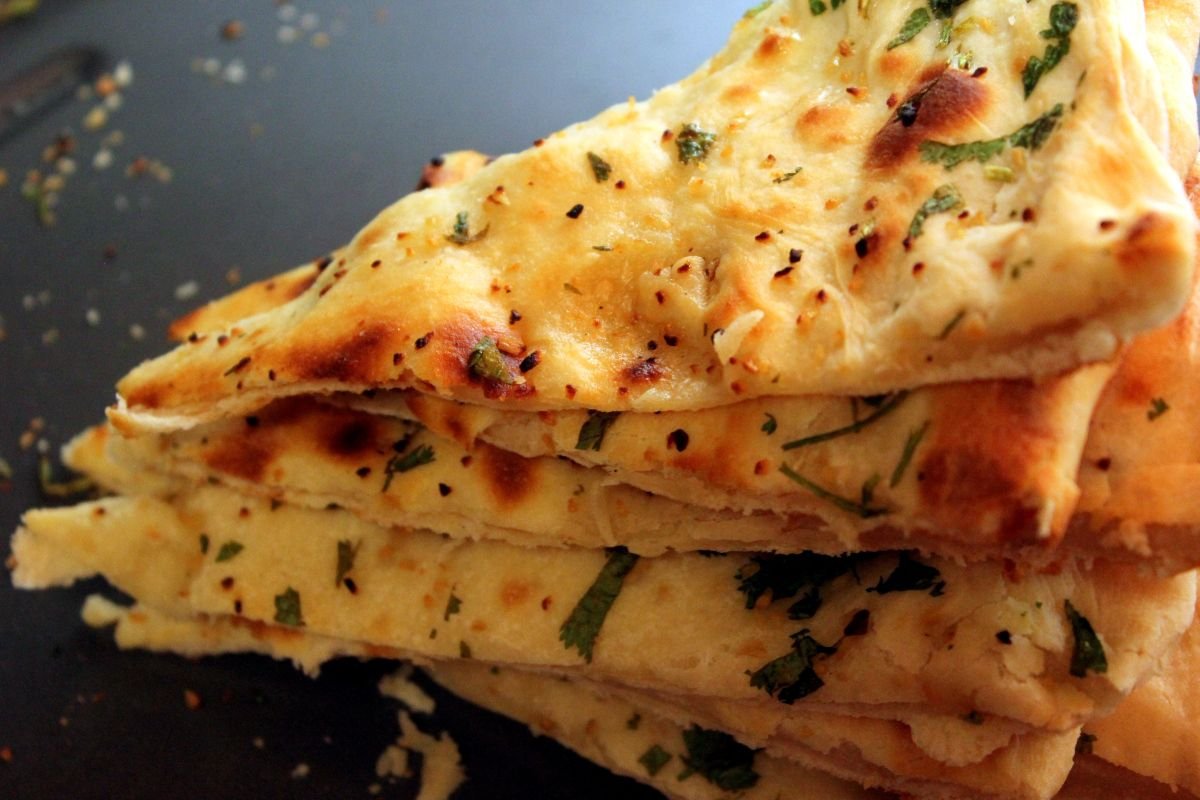
Butternaan, made with maida (refined flour), lacks nutritional value. For a fiber-rich alternative, opt for naans made with whole wheat flour. They offer a similar buttery taste and soft texture but with the added benefits of whole grains.
-
Pakoras: From Unhealthy to Healthier Twist Indian Food
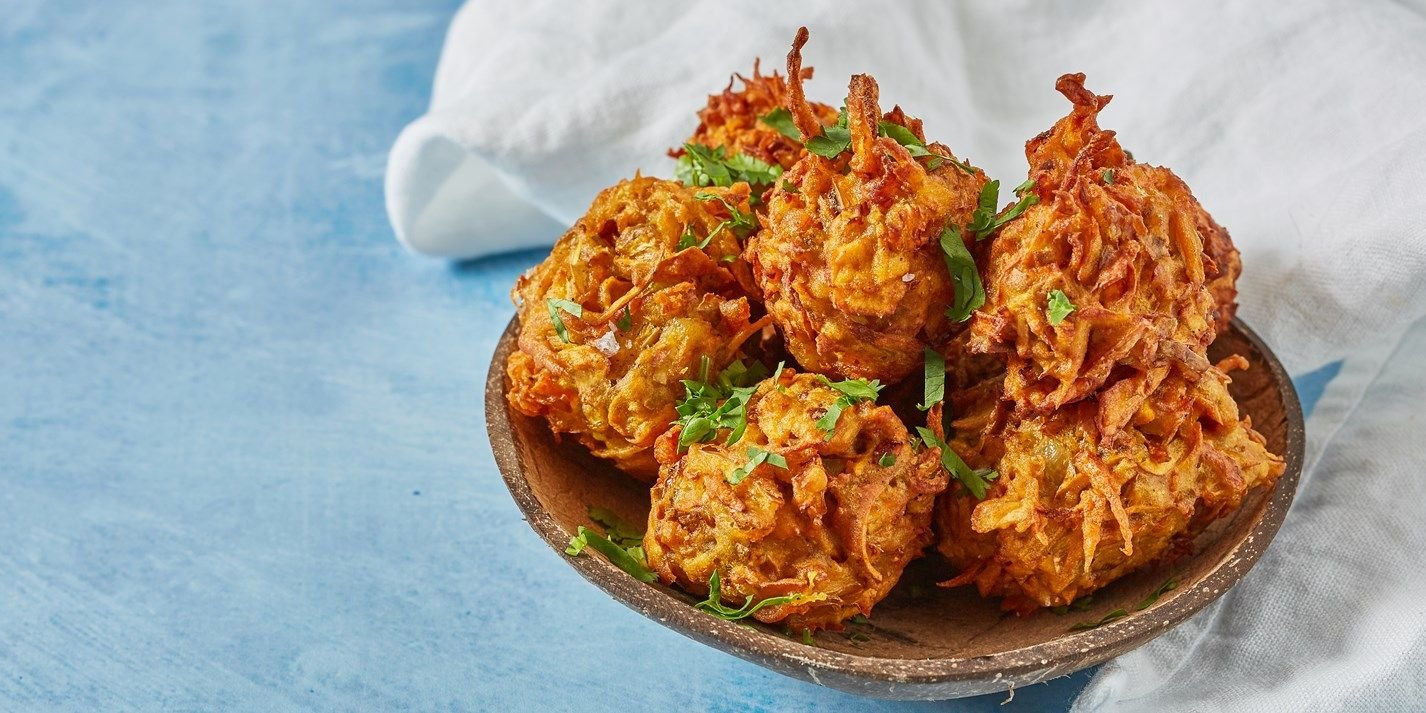
Pakoras, the quintessential Indian fritters, often bear the brunt of being labelled unhealthy. Swap out the usual batter for one made with chickpea flour and bake instead of frying. This version retains the original’s charm while being kinder to your waistline.
In conclusion, these ten traditional Indian dishes are culinary treasures that deserve to be savoured in their authentic forms, but always in moderation. By understanding their preparation and ingredients, we can elevate our dining experience and truly appreciate the rich tapestry of Indian cuisine. The next time you indulge in these delights, take a moment to ensure you’re honoring these masterpieces—and your health.
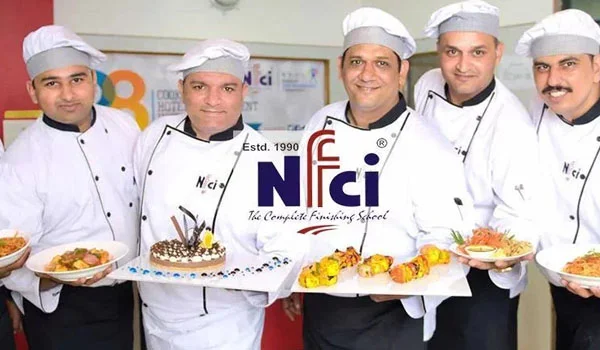
For a healthier, more nutritious approach to cooking, consider taking a culinary course. Your skills in the kitchen can ensure that you and your family eat well and stay healthy throughout life’s journey. NFCI Institute, with 34 years of excellence in culinary education, is here to guide you. Visit [www.nfcihospitality.com] to learn more.


